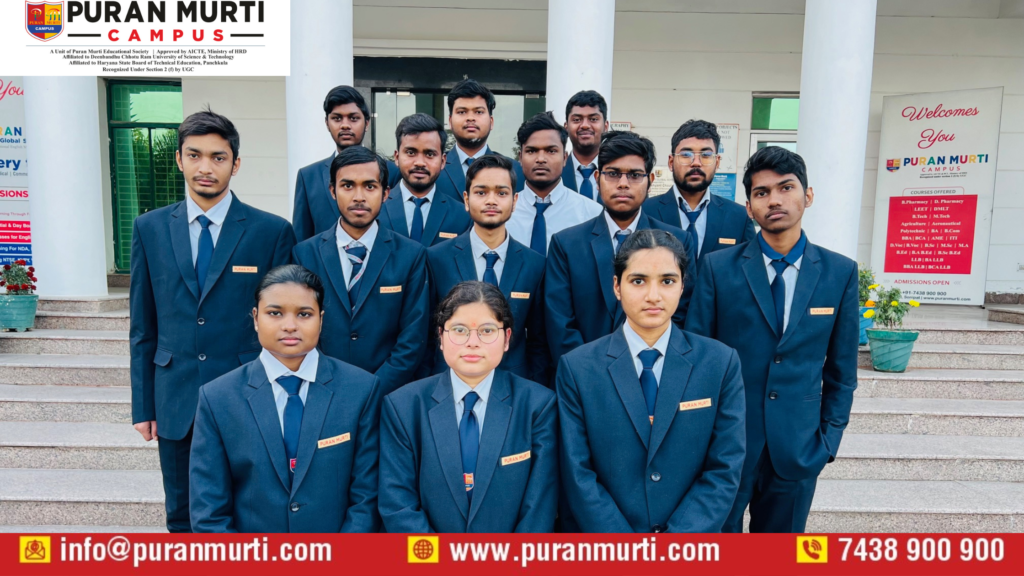The Future of Aircraft Maintenance Engineering: Skills, Opportunities, and Career Growth
Posted on : 5 November, 2024 10:15 am
Aircraft Maintenance Engineering (AME) is an essential profession in the aviation industry, ensuring that aircraft are safe, efficient, and reliable. As global air travel grows, so does the need for highly skilled AMEs who can handle the complex technology of modern aircraft. This field not only offers job security and international opportunities but also a rewarding path for those passionate about aviation and engineering.
What is Aircraft Maintenance Engineering?
Aircraft Maintenance Engineers are responsible for maintaining, inspecting, and repairing aircraft. They ensure that each component of an aircraft meets stringent safety standards. The role of an AME includes diagnosing issues, performing regular maintenance, and conducting thorough checks to comply with aviation regulations.
- Types of Maintenance:
- Line Maintenance: Quick checks and repairs that happen between flights.
- Base Maintenance: More comprehensive maintenance that occurs in a hangar setting and involves detailed inspections.
- Key Skills and Knowledge Areas:
- Aerodynamics and Aircraft Structures
- Avionics Systems and Electronics
- Problem-Solving and Attention to Detail
- Regulatory Knowledge and Compliance
Why Pursue a Career in Aircraft Maintenance Engineering?
A career in Aircraft Maintenance Engineering provides a stable, well-paying, and highly respected role within the aviation industry. With a rise in air travel, the demand for AMEs is growing worldwide. Additionally, AMEs benefit from hands-on work and the chance to specialize in areas such as avionics, structures, or powerplants.
- High Demand and Job Security
- Specialization Opportunities in Avionics, Engines, Structures, etc.
- Global Career Prospects
Career Path and Educational Requirements
Aspiring AMEs need a blend of formal education and hands-on training. Typically, this includes a diploma or degree in AME, followed by the completion of certifications such as an AME License or EASA Part-66.
- Educational Pathways: Diploma or degree programs with extensive lab and workshop training.
- Key Certifications:
- AME License (country-specific)
- EASA Part-66 Certification (Europe)
- FAA Certifications (United States)
- Hands-on Training: Includes internships and apprenticeships that provide real-world experience in aircraft maintenance settings.
Latest Trends and Technology in Aircraft Maintenance
Aircraft maintenance is evolving with new technologies that make the job safer, faster, and more efficient. Modern AMEs use digital tools and data analytics to predict when an aircraft part will need repair or replacement, reducing unplanned downtime.
- Predictive Maintenance: Using AI and machine learning to predict failures before they happen.
- AR and VR Training: Virtual tools help AMEs visualize complex repairs and conduct training simulations.
- Sustainable Technologies: Many maintenance programs now focus on reducing the environmental impact of aviation.
Challenges and Opportunities in the Field
The field of Aircraft Maintenance Engineering comes with its own set of challenges, including keeping up with rapidly advancing technology and adhering to strict regulatory standards. However, these challenges also present growth opportunities, especially in fast-growing aviation markets in Asia and the Middle East.
- Challenges:
- Regulatory Compliance
- Adapting to New Technology and Tools
- Ensuring High Safety Standards
- Opportunities:
- Expansion in Emerging Markets
- Ongoing Demand for Certified Specialists
- Growth of Digital and Eco-Friendly Technologies
A career in Aircraft Maintenance Engineering offers long-term growth, job security, and the chance to work on cutting-edge aviation technology. For those with a passion for mechanics, technology, and aviation, AME provides a unique and exciting path within the aviation industry. If you’re ready for a challenging, hands-on career with a global reach, Aircraft Maintenance Engineering could be your next step.

